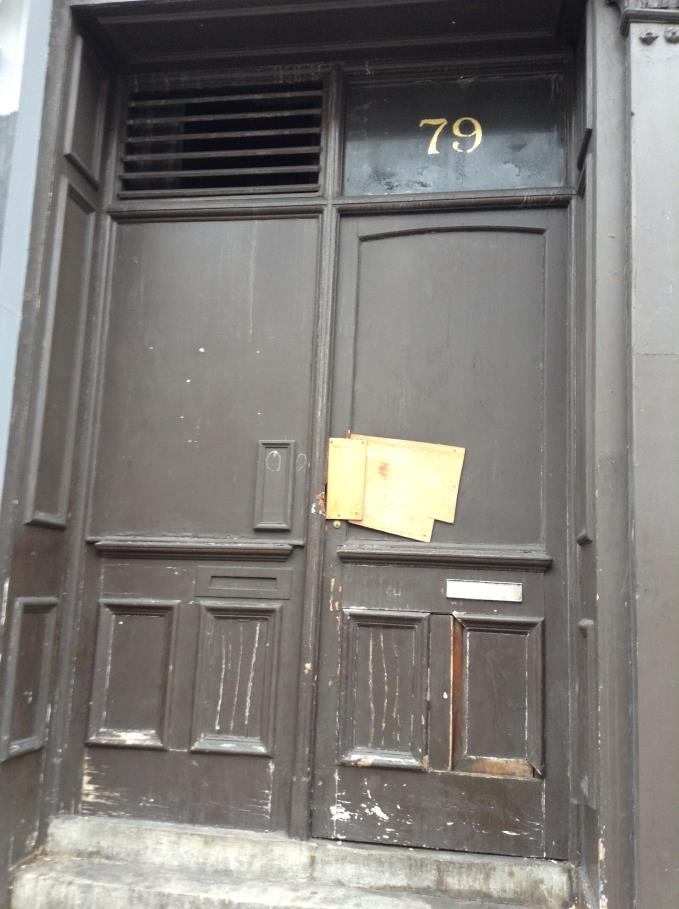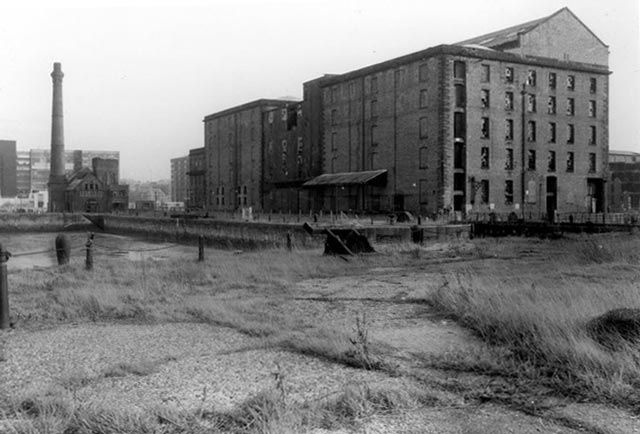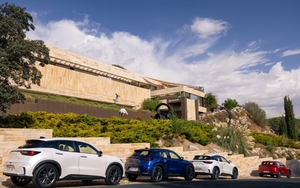SOME of them have stood since the 1790s; now they at the centre of a battle between Liverpool Mayor Joe Anderson and campaigners who want the Futurist cinema and its neighbours preserved.
We have allowed far too many of our old buildings, many with great heritage value, to disappear. Just because these buildings are not listed does not mean they should be erased from the city centre streetscape
These are the buildings that will disappear in the £39m redevelopemt of Lime Street.
“There is no Plan B” insists the angry mayor. He dismissed the pressure group responsible for saving several important Liverpool landmarks, such as the Albert Dock and the Lyceum, as “armchair heritage buffs”.
The city council has approved plans by developers Neptune to transform Lime Street, leaving the two historic pubs at either end of the row, but demolishing the Futurist and most of the other buildings between the Crown and the Vines. Last week screenwriter Frank Cottrell Boyce joined the growing calls to keep the 1912 Futurist, Liverpool's first picture house.
Read: Top screenwriter joins fight to save Lime Street cinema
Campaigner Jonathan Brown wants the buildings – some more than 200 years old – to be spared.
“We have allowed far too many of our old buildings, many with great heritage value, to disappear. Just because these buildings are not listed does not mean they should be erased from the city centre streetscape,” he said.
The London-based pressure group Save Britain’s Heritage, also known as SAVE, has called for a judicial review of the scheme in a bid to save the facade of the Futurist cinema.
 Not most wanted...
Not most wanted...But Mayor Anderson hit back, saying the people in the city who need the jobs the Lime Street scheme will bring will lose the most if the project is stopped –“not the armchair heritage buffs of SAVE who seem content to peer down from their ivory tower”.
SAVE says it has asked the city council to engage in mediation.
“SAVE believes that this can take place quickly and lead to a constructive and timely solution. However, this requires the mayor and his council to respond positively to the invitation,” said the group in a statement.
SAVE wants to see the scheme altered to “allow the group of frontages along Lime Street between the two magnificent pubs to be retained and restored alongside new development”.
“A recent online poll showed that there is an overwhelming public desire to see these frontages retained,” it went on.
“This is a part of Lime Street which leads directly into the World Heritage Site and is seen by everybody on their way to and from the station.

“The World Heritage Site is currently considered as being at risk and the street forms part of the setting of numerous listed buildings. That makes development on the street of national and international concern and SAVE makes no apology for our involvement.”
“With goodwill, a better solution can be achieved, which successfully balances both the respect for Liverpool’s world renowned heritage and the need for new development.“
The Lime Street plans, which will see the building of shops, student accommodation and a hotel on the thoroughfare, were approved by Liverpool planning chiefs earlier this year.
'We will robustly challenge the city council where necessary'
 The Albert Dock in the early 1980s
The Albert Dock in the early 1980s
SAVE, also known as Save Britain’s Heritage, is a London-based campaign group composed of architects, town planners and journalists. It describes its involvement in Liverpool’s heritage, stretching back 40 years, as “long and positive”.
It has campaigned to save and reuse landmarks once under threat, such as the Albert Dock, St Francis Xavier’s church, Bold Street’ Lyceum and, more recently, the Littlewoods Building, Granby and the Welsh Streets.
SAVE invested in buying, renovating and reoccupying the last inhabited house in Madryn Street, birthplace of Ringo Starr, and produced four publications on the city’s architectural heritage.
It saysL "In 2009 we staged an exhibition at the RIBA Gallery showcasing the city, and we will continue to support Liverpool’s buildings at risk, working with Liverpool City Council, where possible, but challenging it robustly where necessary."















